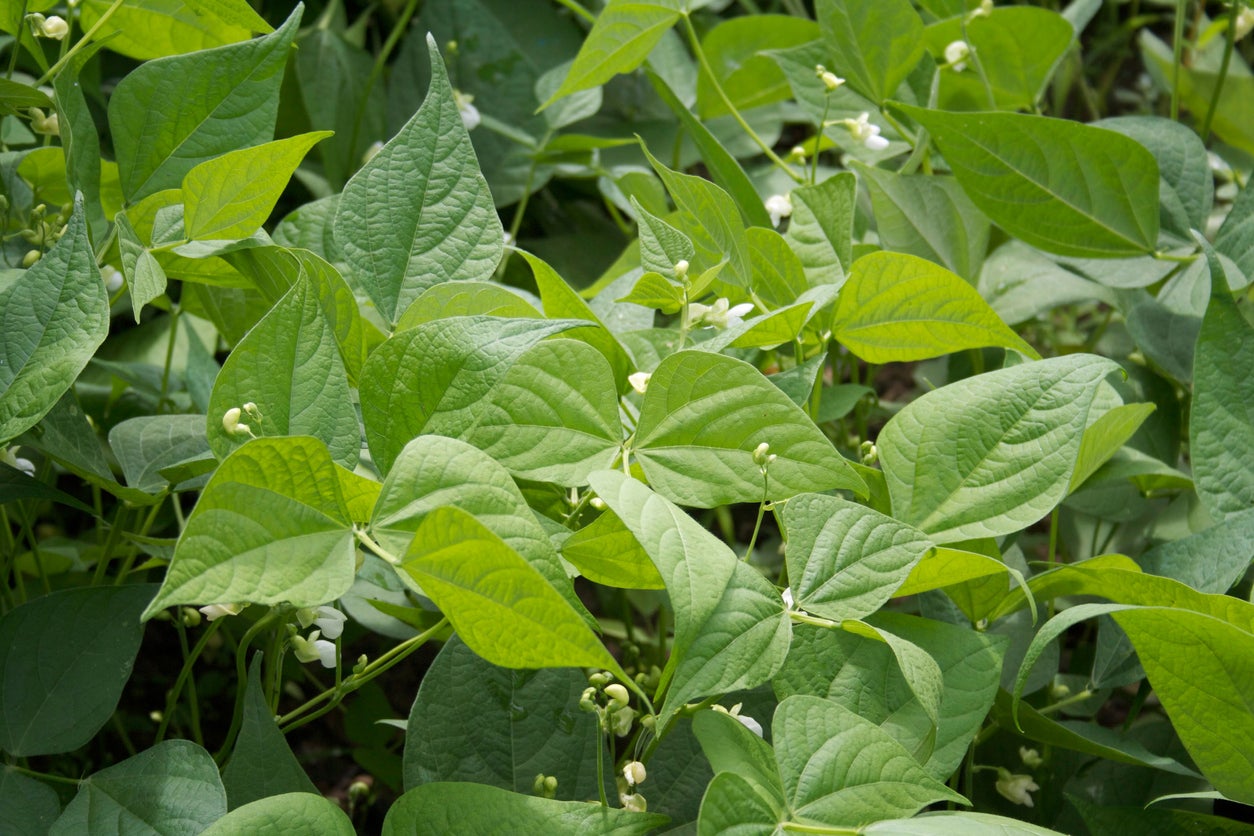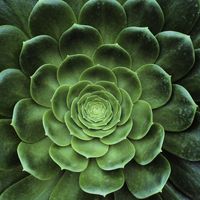Snowflake Pea Info: Learn About Growing Snowflake Peas


What are Snowflake peas? A type of snow pea with crisp, smooth, succulent pods, Snowflake peas are eaten whole, either raw or cooked. Snowflake pea plants are upright and bushy, reaching a mature height of about 22 inches (56 cm.). If you’re looking for a sweet, succulent pea, Snowflake may be the answer. Read on for more Snowflake pea information and learn about growing Snowflake peas in your garden.
Growing Snowflake Peas
Plant Snowflake peas as soon as the soil can be worked in spring and all danger of hard freeze has passed. Peas are cool weather plants that will tolerate light frost, however, they don’t perform well when temperatures exceed 75 degrees F. (24 C.).
Snowflake peas prefer full sunlight and fertile, well-drained soil. Dig in a generous amount of compost or well-rotted manure a few days prior to planting. You can also work in a small amount of general purpose fertilizer.
Allow 3 to 5 inches (8-13 cm.) between each seed. Cover the seeds with about 1 ½ inches (4 cm.) of soil. Rows should be 2 to 3 feet (61-91 cm.) apart. Your Snowflake peas should germinate in about a week.
Snowflake Snow Pea Care
Water Snowflake pea plants as needed to keep the soil moist but never soggy, as peas need consistent moisture. Increase watering slightly when the peas begin to bloom. Water early in the day or use a soaker hose or drip irrigation system so the peas can dry before dusk.
Apply 2 inches (5 cm.) of straw, dried grass clippings, dry leaves, or other organic mulch when the plants are about 6 inches (15 cm.) tall. Mulch suppresses growth of weeds and helps keep the soil evenly moist.
A trellis isn’t absolutely necessary for Snowflake pea plants, but it will provide support, especially if you live in a windy climate. A trellis also makes the peas easier to pick.
Sign up for the Gardening Know How newsletter today and receive a free copy of our e-book "How to Grow Delicious Tomatoes".
Snowflake pea plants don’t require a lot of fertilizer, but you can apply a small amount of general-purpose fertilizer once every month throughout the growing season. Remove weeds as soon as they appear, as they will rob moisture and nutrients from the plants. However, be careful not to disturb the roots.
Snowflake pea plants are ready to harvest about 72 days after planting. Pick peas every few days, beginning when the pods begin to fill out. Don’t wait until the pods get too fat. If the peas grow too large for eating whole, you can remove the shells and eat them like regular garden peas.

A Credentialed Garden Writer, Mary H. Dyer was with Gardening Know How in the very beginning, publishing articles as early as 2007.